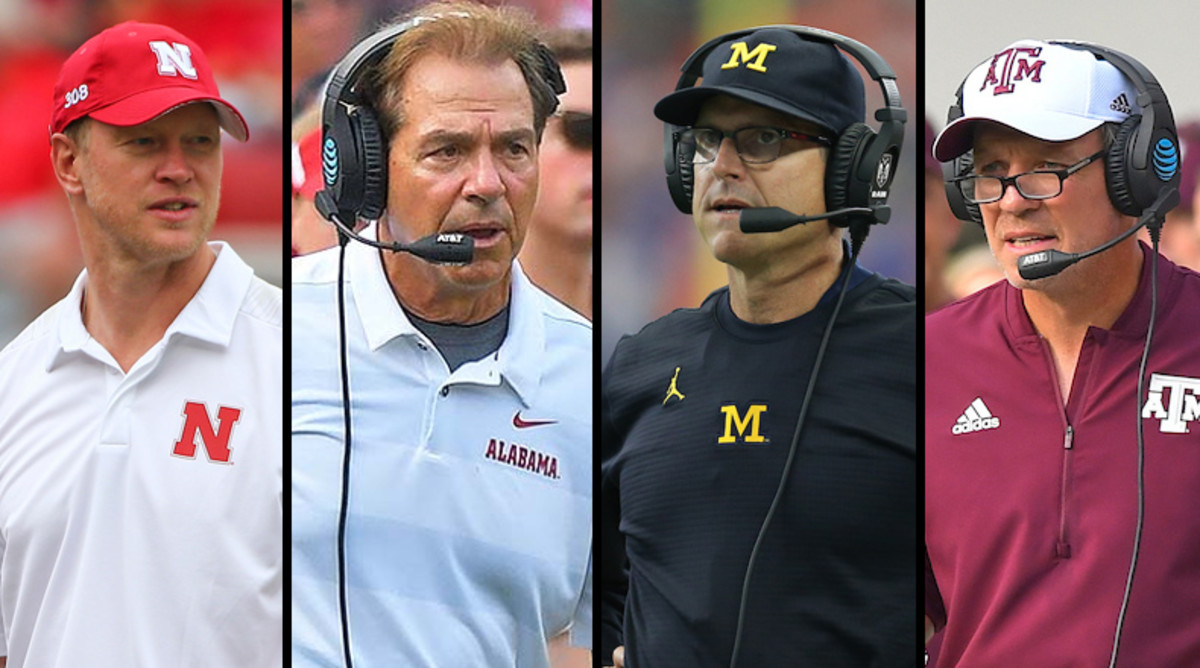
Forging the Garuda’s Future: The Optimal Formation for Indonesia U23 in 2025
The landscape of Indonesian football is undergoing a profound transformation. Fueled by passionate fans, strategic investments in youth development, and the tactical acumen of coaches like Shin Tae-yong, the "Garuda Muda" (Young Garuda) are on an upward trajectory. As we look towards 2025, the U23 national team will be a crucial crucible for the next generation of talent, serving as a stepping stone to the senior squad and a platform for international success in competitions like the AFC U23 Asian Cup and Olympic qualifiers. Crafting the "best" formation is not merely about drawing shapes on a whiteboard; it’s about understanding the unique strengths and emerging profiles of Indonesian players, mitigating their weaknesses, and adopting a tactical philosophy that fosters adaptability, resilience, and offensive flair.
By 2025, a new crop of players will have matured, alongside some of the current U23 stars who will still be eligible. This article posits that a fluid and adaptable 4-2-3-1 system, with the capacity to seamlessly transition into a 4-3-3 or even a defensive 4-4-2 block, will be the optimal formation for Indonesia U23. This choice is predicated on leveraging Indonesia’s inherent technical ability and pace, while simultaneously addressing the perennial challenges of physical robustness, tactical discipline, and game management.
The Evolving Landscape of Indonesian Football Talent
Recent years have seen a concerted effort to broaden the talent pool, with more players gaining experience in European and Asian leagues. This exposure is vital, instilling tactical intelligence, physical conditioning, and mental resilience often lacking in domestic-only development. By 2025, we can expect a core of technically gifted midfielders, pacey wingers, and increasingly intelligent defenders to emerge.
Indonesia’s traditional strengths lie in individual dribbling skills, quick one-two passes, and explosive pace, particularly on the wings. However, consistency in pressing, defensive solidity against physically dominant teams, and clinical finishing have often been areas for improvement. Any optimal formation must integrate these strengths while providing a structure that minimizes vulnerabilities.
Why the Fluid 4-2-3-1?
The 4-2-3-1 formation offers a balanced blend of defensive solidity and attacking potency. It provides a robust defensive base with two holding midfielders shielding the back four, while simultaneously offering multiple avenues for attack through a creative attacking midfielder and two wide forwards supporting a central striker. Its inherent flexibility allows for seamless transitions between defensive and offensive phases, and crucially, it can be easily morphed to counter different opponents or adapt to match situations.
I. The Goalkeeper: The Modern Sweeper-Keeper
In 2025, the Indonesian U23 goalkeeper must be more than just a shot-stopper. The optimal system demands a modern sweeper-keeper – one with excellent distribution skills (both short and long), strong command of the penalty area, and the courage to play high off his line to sweep up through balls. This player initiates attacks from the back and acts as the first line of defense, comfortable playing with the ball at his feet under pressure.
II. The Defensive Line: Speed, Intelligence, and Versatility
- Full-backs (Right and Left): The 4-2-3-1 thrives on dynamic full-backs who provide both defensive diligence and offensive thrust. By 2025, Indonesia should possess full-backs with exceptional pace, stamina, and crossing ability. They must be disciplined enough to track back and defend their flanks but also possess the intelligence to overlap, create numerical superiority in wide areas, and contribute to the attack with dangerous deliveries. Their ability to provide width is crucial, allowing the wingers to drift inside.
- Center-backs (Left and Right): The central defensive pairing needs to complement each other. One center-back should be the primary ball-playing defender, comfortable stepping out of defense, initiating attacks with precise passes, and possessing excellent vision. The other should be a more traditional, dominant defender – strong in aerial duels, physically imposing, and a vocal organizer of the backline. Both must be quick enough to handle pacey forwards and possess strong positional awareness to maintain a high defensive line when pressing. A key focus will be on their ability to defend in space, as Indonesia often faces teams that play direct or look for through balls.
III. The Midfield Engine Room: The Double Pivot and Creative Hub
This is arguably the most critical area for Indonesia U23. The double pivot provides the tactical spine, while the attacking midfielder is the creative heartbeat.
-
Defensive Midfielders (Double Pivot): This pairing is the tactical lynchpin.
- The Deep-Lying Playmaker/Anchor: This player is the primary shield for the defense. They must possess exceptional tactical intelligence, reading the game to intercept passes, break up play, and provide cover for the full-backs when they push forward. Crucially, they must also be an excellent passer, capable of dictating tempo, switching play, and launching quick counter-attacks. This player needs discipline and composure under pressure.
- The Box-to-Box Midfielder/Shuttler: This player provides dynamism and energy. They are tasked with winning the ball back, driving forward to support attacks, making late runs into the box, and covering vast amounts of ground. Their stamina and work rate are paramount, as is their ability to contribute to both defensive pressing and offensive transitions. This role demands a blend of technical skill, aggression, and tactical awareness.
- The synergy between these two is vital. They must communicate constantly, rotating positions to cover each other and maintain midfield control.
-
Attacking Midfielder (CAM – The "Number 10"): This is where Indonesia’s natural flair can truly shine. The attacking midfielder is the team’s primary creative force – a player with exceptional vision, dribbling ability, and the capacity to unlock defenses with through balls or individual brilliance. They operate in the "pocket" of space between the opposition’s midfield and defense, linking play between the midfield and the attack. This player must also possess a keen eye for goal and the ability to contribute to the high press when out of possession. Their role is to provide the unpredictable element, drawing defenders and creating space for others.
IV. The Attacking Trident: Pace, Dribbling, and Clinical Finishing
- Wingers (Right and Left): Indonesian football has historically produced gifted wingers, and this will continue to be a strength in 2025. The wingers in this system must be lightning-quick, excellent dribblers, and comfortable operating in tight spaces. They should be versatile enough to either hug the touchline, providing width and delivering crosses, or cut inside onto their stronger foot, posing a direct goal threat. Their defensive contribution in tracking back and participating in the press is non-negotiable. Their ability to interchange positions with the attacking midfielder and striker will add an unpredictable dimension.
- Striker (Central Forward): The lone striker in a 4-2-3-1 needs to be multifaceted. They must possess clinical finishing ability, good hold-up play to bring teammates into the game, and the intelligence to make runs in behind the defense. While not necessarily the tallest, they must be aggressive in challenging defenders and effective in pressing the opposition’s center-backs. Their ability to create space for the wingers and CAM through clever movement is as important as their goal-scoring prowess.
Tactical Principles and Adaptability
The formation is merely a blueprint; the tactical principles bring it to life. For Indonesia U23 in 2025, these should include:
- High Press and Counter-Press: Emulating Shin Tae-yong’s philosophy, the team must be aggressive in winning the ball back high up the pitch. This requires immense fitness, coordinated movement, and quick transitions from attack to defense upon losing possession (counter-pressing).
- Fluid Positional Interchange: Players should not be confined to rigid positions. The full-backs can push high, the wingers can drift centrally, the CAM can drop deep, and even one of the double pivots can make late runs into the box. This fluidity makes the team harder to mark and creates unpredictable attacking patterns.
- Quick Transitions: From defense to attack, and vice versa, speed is key. When possession is won, the team must be capable of launching rapid counter-attacks, utilizing the pace of the wingers and the vision of the CAM. Equally, upon losing the ball, the immediate counter-press is crucial to prevent the opponent from settling.
- Set-Piece Prowess: Both offensive and defensive set-pieces can be game-changers. Developing specialist takers and disciplined defensive organization will be vital, especially against physically stronger opponents.
- Game Management and Tactical Discipline: This is an area where young Indonesian teams have sometimes struggled. The U23 squad must be trained to understand when to slow the tempo, when to go for the kill, and how to manage leads or chase games. This comes from experience, but also from clear instructions and tactical intelligence ingrained in training.
- Defensive Flexibility: While 4-2-3-1 is the base, the team should be able to drop into a compact 4-4-2 defensive block when under sustained pressure, with the CAM joining the striker up front, and the wingers dropping back to form a flat midfield four. This denies space centrally and forces opponents wide. Against more dominant teams, the system can even shift to a 4-3-3 by pushing one of the defensive pivots slightly higher, providing more pressing options in the midfield.
Player Development and Future Prospects
Achieving this optimal formation requires continued emphasis on player development. Academies must focus on not just technical skills but also tactical understanding, physical conditioning, and mental resilience. Overseas experience, whether through direct transfers or training camps, will be invaluable in exposing players to higher standards and diverse tactical approaches.
By 2025, we envision a team that could feature players in the mold of:
- Center-backs: Strong, composed leaders with good passing range.
- Full-backs: Tireless runners with exceptional crossing and defensive awareness.
- Double Pivot: One defensively astute anchor, one energetic box-to-box midfielder with excellent passing range.
- Attacking Midfielder: A creative genius, capable of moments of magic.
- Wingers: Electric pace, dazzling dribbling, and improved goal contribution.
- Striker: Clinical finisher with good hold-up play and intelligent movement.
The specific names will emerge, but the archetypes are clear.
Conclusion
The optimal formation for Indonesia U23 in 2025 is not a rigid blueprint but a dynamic system: a fluid 4-2-3-1 that maximizes the team’s natural attributes of pace, technical flair, and individual brilliance, while providing a robust defensive framework and the flexibility to adapt to varying opponents and game situations. This formation, coupled with Shin Tae-yong’s established principles of high pressing, rapid transitions, and disciplined play, can serve as the cornerstone for the next phase of Indonesian football’s ascent.
The journey towards becoming a consistent force in Asian football is ongoing. By investing in a tactical identity that empowers its unique player profiles and fosters adaptability, Indonesia U23 in 2025 will be well-equipped to challenge for honors and, more importantly, to produce the next generation of "Garuda" heroes ready to soar on the international stage. The future is bright, and the stage is set for the young talents to make their mark.



